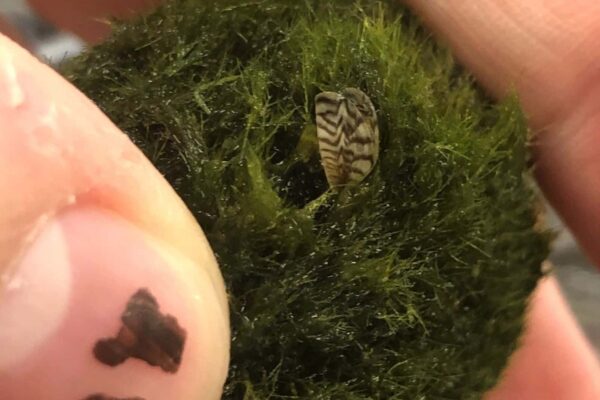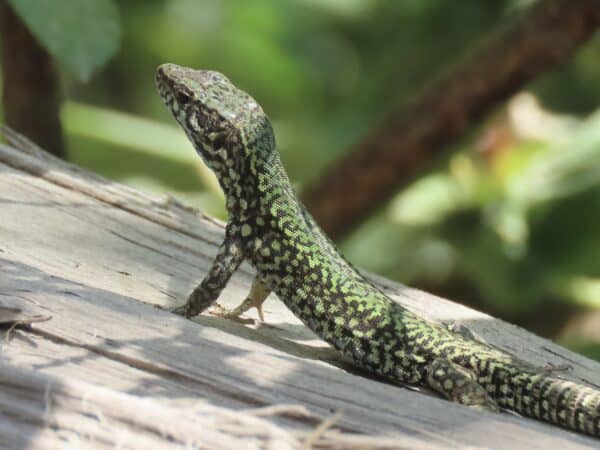By Lisa Houle | August 16, 2024
Trees do a lot for us. They purify our air, provide oxygen, and absorb greenhouses gases. They house millions of species, protect our shorelines from erosion, and provide shading and cooling. More than 40 native deciduous and evergreen tree species call B.C. home! These trees cover some 60 million hectares – two-thirds of the province’s land mass!
Now it’s our turn to help the trees.
The Canadian Food Inspection Agency (CFIA) has declared August Tree Check Month in Canada, asking everyone to “leaf” a mark this month. Just like proactively changing the batteries in your smoke detectors every year, the agency hopes you’ll give trees an annual checkup for signs and symptoms of invasive species, ensuring their continued health by catching problems early.
Observant, regular folks aware of their surroundings have flagged the arrival of some serious invasive species.
In May 2024, the Canadian Food Inspection Agency confirmed the presence of emerald ash borer in Vancouver. The sighting was a first for B.C., and the first detection east of Manitoba. The agency immediately took action, alerting property owners in the area, and restricting the movement of ash material and other firewood around the affected location. Emerald ash borer is known to eat native ash trees and introduced elm trees. As it is of concern to B.C., CFIA regulates emerald ash borer to protect Canada’s forests, municipal trees, and nurseries. A telltale sign of emerald ash borer are marks found in the tree bark of an ash tree, as the adults leave D-shaped exit holes when they emerge.
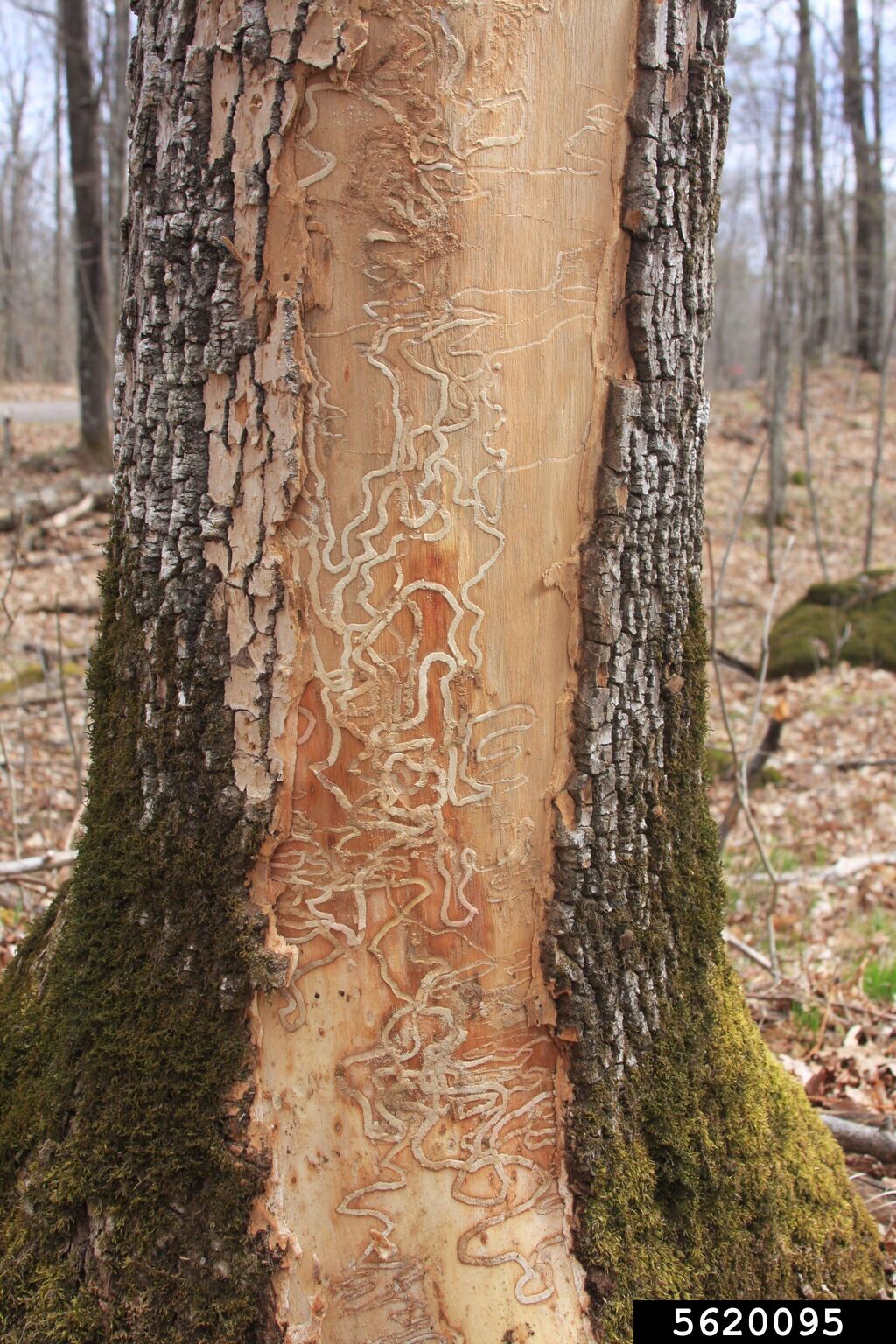
The presence of box tree moth in Canada was noted by a community scientist contributing their findings to iNaturalist. The box tree moth showed up in Ontario in 2018, and has since been found in Quebec, New Brunswick, Nova Scotia, P.E.I., and Newfoundland. While this pest hasn’t been found in B.C. to date, it’s a good time to take a close look at shrubbery for any tell-tale signs. Box tree caterpillars primarily feed on the leaves of boxwood shrubs. A heavy infestation may lead to a complete loss of leaves and lots of white webbing with caterpillars inside. Once boxwood leaves are gone, the moth will eat the bark which destroys the plant.
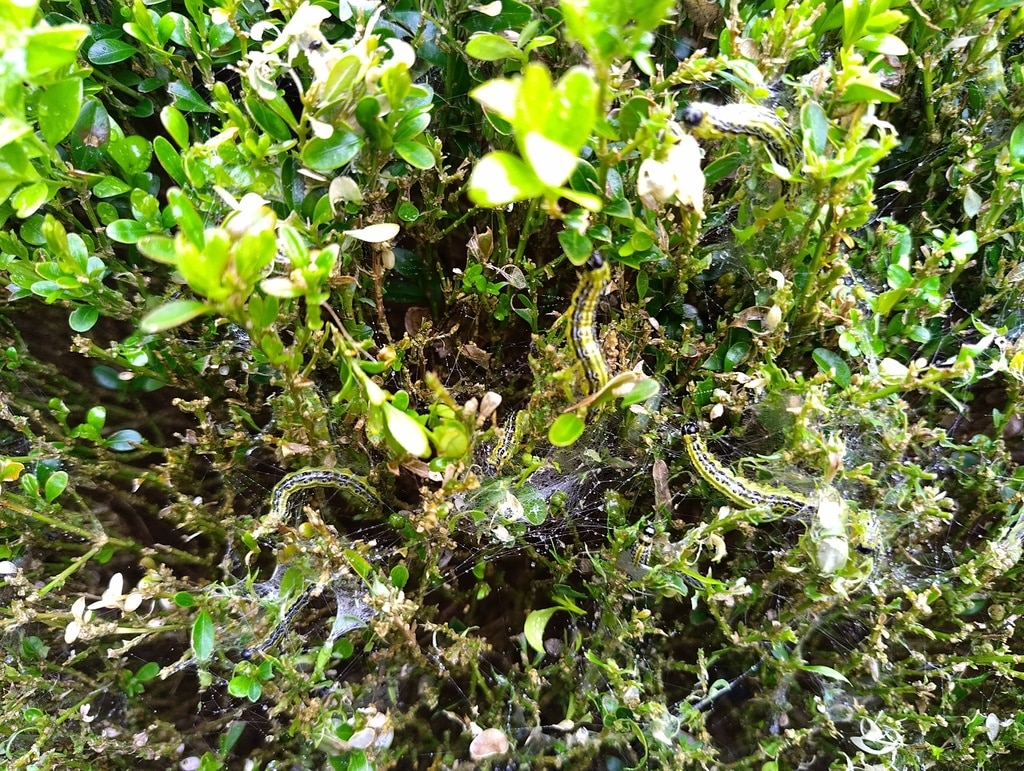
And then there’s the Japanese beetle, first found in BC in July 2017 in downtown Vancouver. While the population continues to decline in the Vancouver area, trapping results in nearby communities have led to increased movement restrictions on soil and plants from the area. As adult Japanese beetles feed on over 300 species of plants and their larvae feed on the roots of turf and grasses, it’s important to keep this invasive species from establishing in B.C.
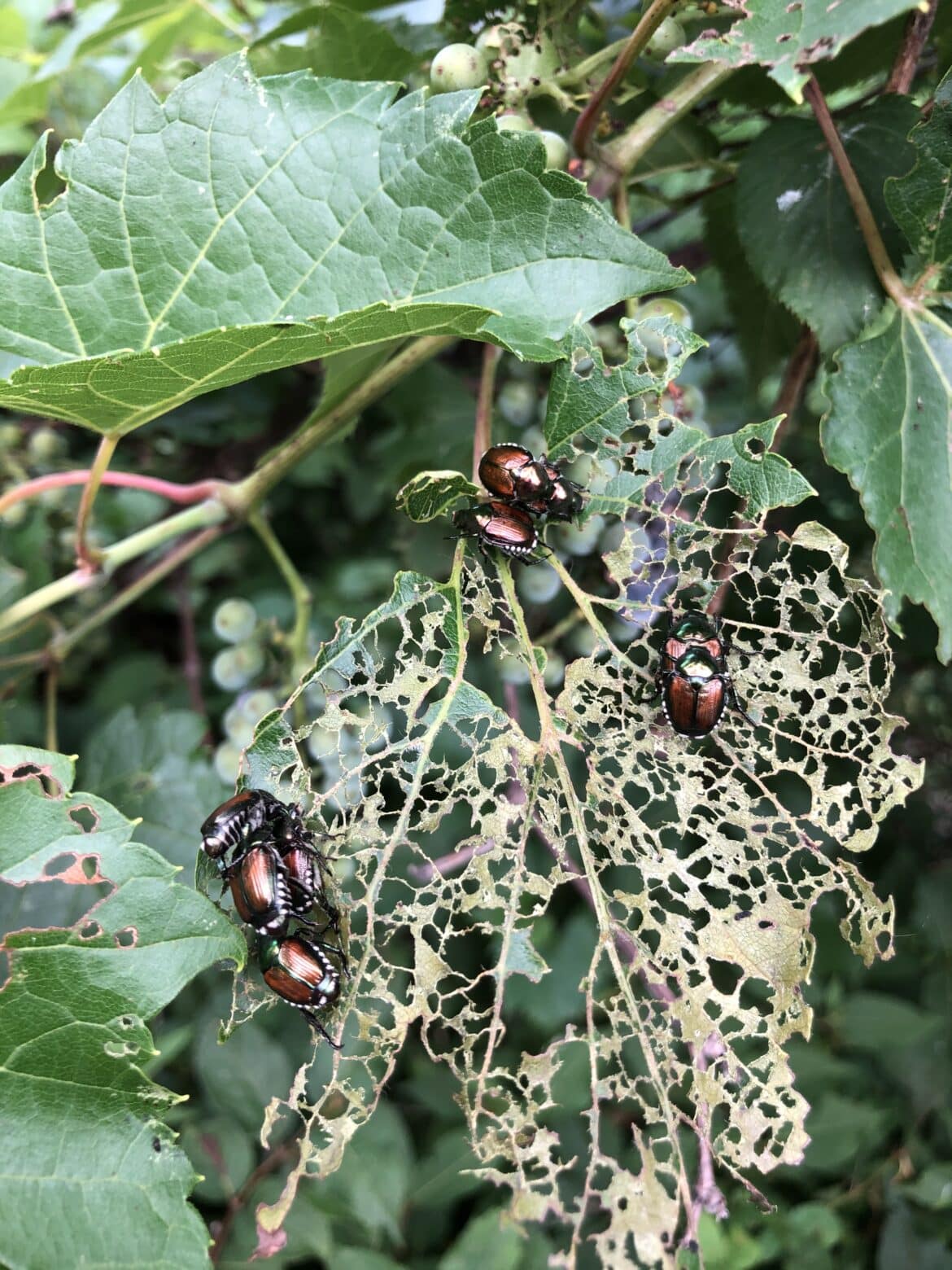
Other species of concern include spotted lanternfly which has not been found in B.C. to date. And spongy moth – while it is found each year in B.C., it is not permanently established at this point. Monitoring for its presence continues.
“These are a few great examples showing why it is so important to check the trees in your yard and favourite outdoor spots for signs of anything unusual. A tree in poor health could be an indication of an invasive species,” said Dr. Nick Wong, Science and Research Manager at ISCBC. “We can’t assume that scientists and researchers are aware of every issue that arises, as they can’t be everywhere at once. But you can help by becoming a community scientist, by contributing data which helps the scientific community. If you see an issue, report it. Trees are vital to B.C., and we want to ensure their health for years to come.”
As the Labour Day weekend approaches one of the best ways to ensure invasive species like emerald ash borer and spongy moth do not move from location to another is by not moving firewood. If local regulations allow and you choose to have a campfire over the long weekend, or you’re hoping to shore up your supply of woodburning fuel for winter, always be sure to Buy Local Burn Local.
“Buy Local Burn Local is one of the best ways to reduce the spread of invasive insects. Burn wood from the immediate area only, as moving firewood can spread invasive species and diseases that can destroy our forests. If you have local firewood left over, leave it. Don’t transport it,” said Nick.
If you do see an invasive species, report it. Let’s not “leaf” anything to chance.
Lisa is a Communications and Outreach Coordinator at ISCBC. She values a diverse environment and connecting with others about environmental protection. In her spare time Lisa enjoys spending time at the ocean and beach combing for sea glass. You can reach Lisa at lhoule@bcinvasives.ca
Share



